Disclosure: This article contains affiliate links. We may earn a commission from purchases at no extra cost to you, which helps our travel content.
The clicking of my dosimeter provided an eerie soundtrack as I stood in the shadow of Pripyat's abandoned Ferris wheel. As a scientist accustomed to measuring environmental impacts, nothing quite prepares you for the visceral experience of Chernobyl. Yet just hours away, Kyiv pulses with life and resilience—a striking juxtaposition that makes this region one of Eastern Europe's most compelling destinations. Having studied radiation effects on marine ecosystems during my academic career, exploring this region offered both professional fascination and personal enlightenment.
Preparing for Chernobyl: Science Meets Tourism
Visiting Chernobyl isn't your typical tourist experience—it's equal parts historical immersion, scientific education, and sobering reflection. As someone who's spent years measuring environmental impacts in marine settings, I approached this visit with both academic curiosity and profound respect.
First things first: you cannot visit independently. Licensed tour operators are mandatory, and for good reason. I booked with SoloEast, whose guides blend historical knowledge with scientific accuracy. Tours range from day trips to multi-day explorations, but I recommend the two-day option to fully appreciate the scale and significance without rushing.
While radiation levels in most visitor areas are now comparable to a long-haul flight, proper preparation remains essential. Long pants and sleeves are required, and you'll need closed, sturdy footwear. My hiking boots served me perfectly—offering ankle support on uneven terrain while being easy to decontaminate afterward. I also brought my own radiation dosimeter, not out of necessity but professional curiosity. It provided fascinating readings and became an unexpected conversation starter with guides.
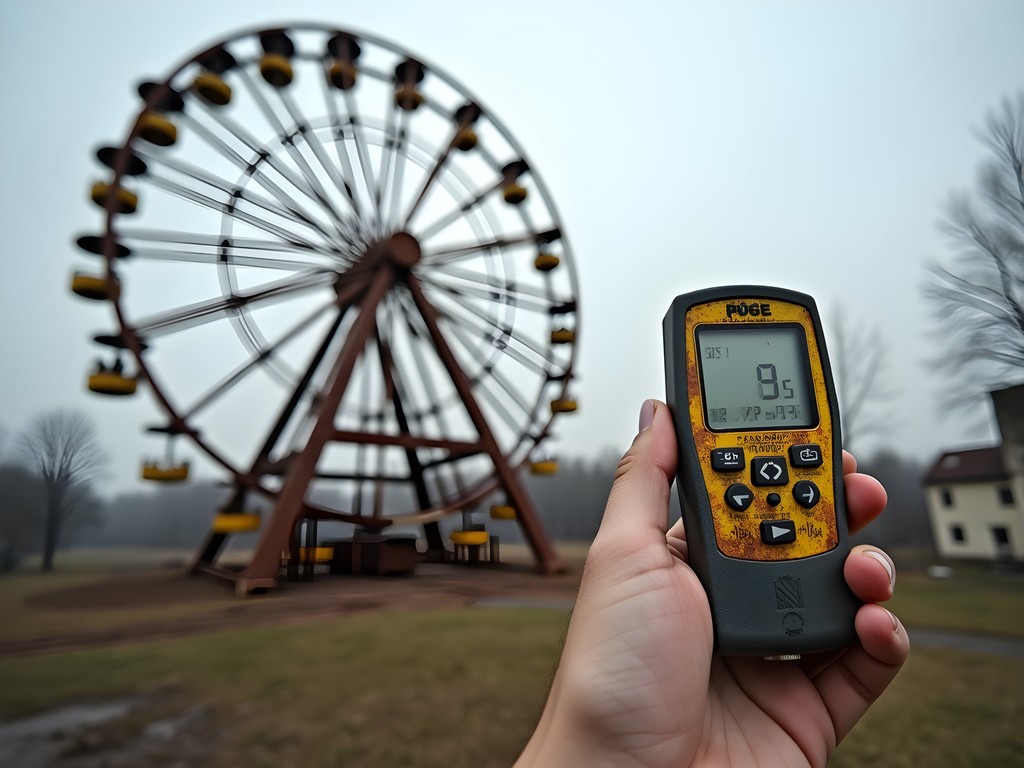
💡 Pro Tips
- Book tours at least 10 days in advance as they require security clearance
- Bring your passport—it's required for checkpoints
- Pack water and snacks, but consume them only on the bus
Inside the Zone: What Science Doesn't Prepare You For
Despite years studying environmental contamination, nothing quite prepared me for the emotional impact of the Exclusion Zone. The abandoned classrooms with gas masks scattered across dusty floors. The hospital basement still containing first responders' radioactive clothing. Nature's gradual reclamation of human spaces—a process I've documented in coastal environments but never in such dramatic circumstances.
The most profound moment came in the Red Forest, where radiation levels peaked after the disaster. Today, it demonstrates nature's remarkable resilience and adaptation. As a biologist, I was fascinated by the genetic and ecological studies being conducted here—it's essentially a living laboratory for radiation ecology.
One practical tip from experience: bring a high-quality respirator mask with P100 filters. While standard face masks are provided, having your own offers better protection against dust particles that may contain radioactive residue. I also found my microfiber travel towel invaluable for wiping down equipment and hands throughout the day.
The reactor itself, now encased in the massive New Safe Confinement structure, presents an engineering marvel worth understanding. The guide's explanation of the containment systems provided fascinating insights into how we manage environmental catastrophes—knowledge that resonates with my work in marine ecosystem recovery.
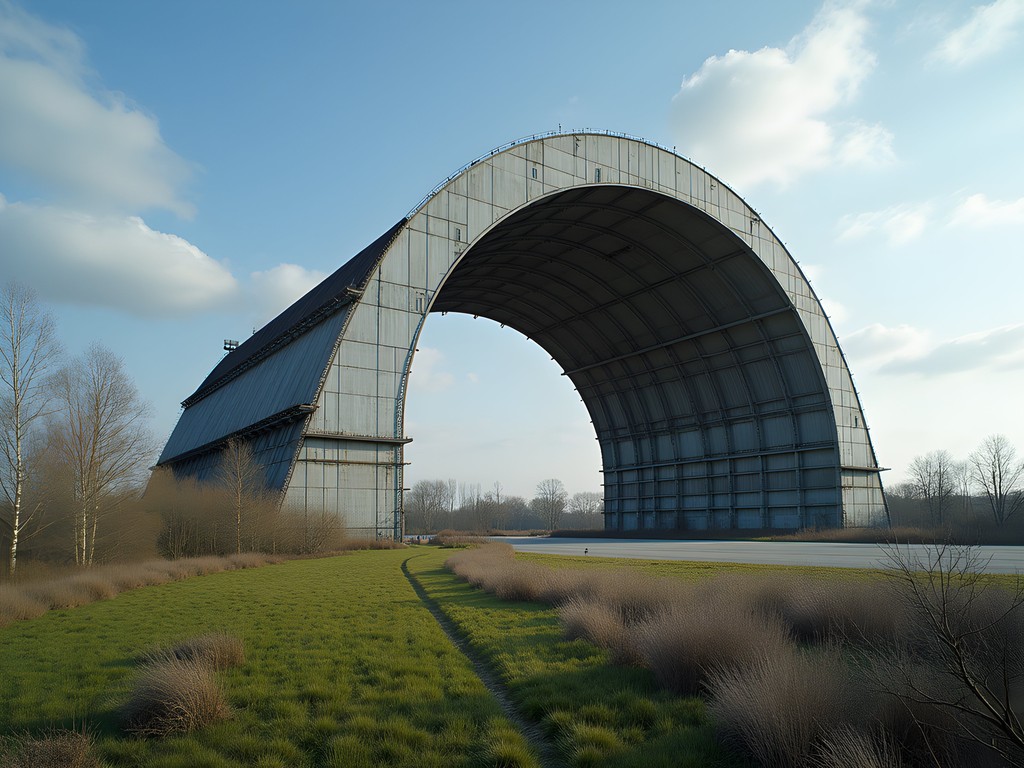
💡 Pro Tips
- Listen carefully to safety instructions about where you can walk
- Photograph freely except at checkpoints
- Consider bringing disposable shoe covers for additional peace of mind
Kyiv's Cultural Rebirth: The Perfect Counterbalance
After the sobering experience of Chernobyl, Kyiv offers the perfect emotional counterbalance—a city that embodies resilience and reinvention. I based myself in the Podil district, a revitalized neighborhood that blends historic architecture with contemporary creativity. The Lonely Planet Ukraine proved invaluable for navigating beyond the obvious attractions.
As someone who appreciates both analytical understanding and sensory experiences, I found Kyiv's culinary scene particularly fascinating. The city has embraced its traditional cuisine while reimagining it through a modern lens. Don't miss Veselka, where classic Ukrainian dishes are served with contemporary presentations that would impress even Las Vegas's finest restaurants.
For deeper cultural immersion, I joined a cooking workshop at Sil' (Salt), where I learned to make proper varenyky dumplings alongside locals. The instructor explained how Ukrainian cuisine reflects the country's complex history and agricultural traditions—connections that resonated with my understanding of how coastal communities develop culinary traditions around available resources.
The city's relationship with water also captivated me. The mighty Dnieper River divides Kyiv, and an evening cruise offered both spectacular views and insights into the city's historical development around this crucial waterway. As someone who's studied coastal communities worldwide, I found fascinating parallels between Kyiv's river relationship and maritime cities I've researched.
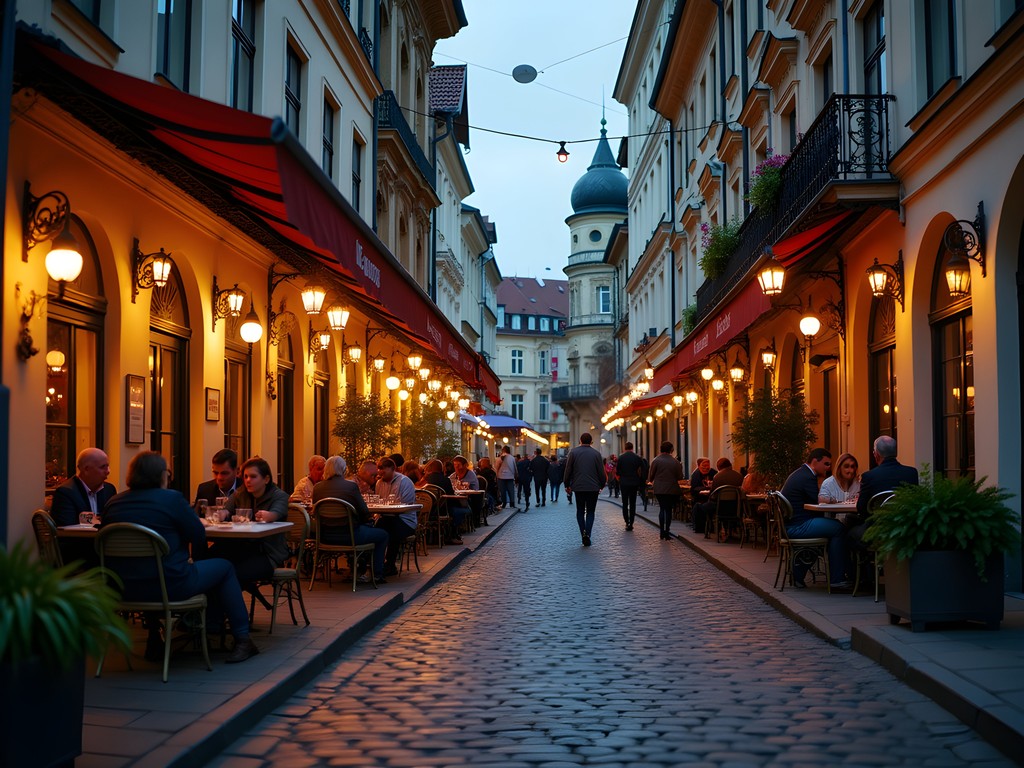
💡 Pro Tips
- Use Uber for convenient, affordable transportation around Kyiv
- Visit Kyiv's metro stations—they're architectural masterpieces
- Exchange currency at banks rather than street kiosks for better rates
Bridging Past and Present: Museums and Memory
Understanding Ukraine means engaging with both its distant past and recent history. The National Museum of the History of Ukraine provides essential context, while the Ukrainian National Chornobyl Museum in Kyiv offers a scientific and human perspective that complements the exclusion zone visit.
What struck me most was how Kyiv balances remembrance with forward momentum. At the deeply moving Holodomor Genocide Museum, I witnessed Ukrainians confronting difficult history while affirming their cultural identity. As someone who studies how ecosystems recover from disturbances, I found powerful parallels in how societies process trauma while building resilience.
For capturing these profound experiences, I relied on my travel journal and a quality smartphone gimbal for steady video documentation. The stabilizer proved particularly valuable when recording personal reflections at significant sites for later reference.
Don't miss the Museum of Soviet Occupation, which provides crucial insights into Ukraine's complex relationship with its Soviet past. The exhibits helped me understand the historical context of both Chernobyl's operational failures and Ukraine's current cultural renaissance.

💡 Pro Tips
- Allow 3-4 hours for the Chornobyl Museum to fully absorb the exhibits
- Visit museums early on weekdays to avoid crowds
- Consider hiring an English-speaking guide for deeper context
Practical Logistics: Balancing Time Between Sites
Planning a combined Chernobyl-Kyiv trip requires thoughtful logistics. I recommend a minimum one-week itinerary: two days for Chernobyl (including travel time) and five days to properly experience Kyiv. This timeline allows for both structured touring and spontaneous exploration.
For accommodation, I chose the packing cubes to keep organized while moving between locations. Since Chernobyl tours depart early, stay near Independence Square (Maidan Nezalezhnosti) for convenient pickup. Upon returning from Chernobyl, consider scheduling a relaxing evening—perhaps a visit to Kyiv's surprising beach scene along the Dnieper River during spring and summer.
Regarding connectivity, I found the portable wifi hotspot invaluable for maintaining internet access throughout Ukraine, particularly useful for navigation and translation needs. While cellular service is available in Kyiv, it's nonexistent in much of the Exclusion Zone.
For moving between sites efficiently, Kyiv's metro system is remarkably efficient and affordable. Purchase a multi-day pass and download the Kyiv Metro app for navigation. When traveling to more distant sites like Mezhyhirya (the former presidential residence worth visiting), rideshare services offer better value than traditional taxis.
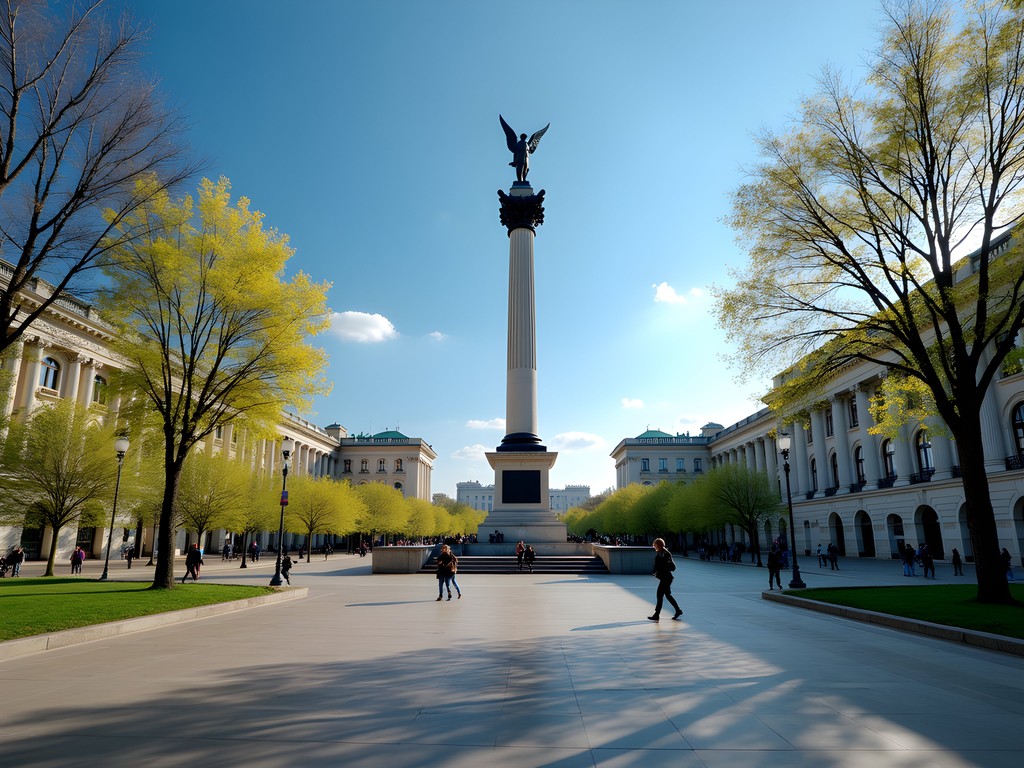
💡 Pro Tips
- Schedule Chernobyl mid-week to avoid weekend crowds
- Build in a rest day after Chernobyl to process the experience
- Consider the Kyiv City Card for discounted museum entry and transportation
Final Thoughts
Combining Chernobyl and Kyiv creates a journey of profound contrasts—from sobering reflection to vibrant celebration of Ukrainian resilience. As a scientist accustomed to studying environmental impacts, Chernobyl offered unprecedented insights into both ecological consequences and human response to disaster. Meanwhile, Kyiv revealed how a culture can honor its complex past while embracing innovation and creativity.
This dual experience provides something increasingly rare in modern travel: genuine perspective transformation. You'll return with not just photographs but a nuanced understanding of environmental fragility, human resilience, and the complex interplay between scientific advancement and societal values.
As Ukraine continues its journey of cultural renaissance and identity formation, now is an extraordinary moment to witness this dynamic region. Whether you're drawn by scientific curiosity, historical interest, or cultural exploration, this combination offers intellectual and emotional rewards that few destinations can match. Just remember to approach both sites with appropriate respect—Chernobyl as a place of tragedy and scientific significance, and Kyiv as a living cultural landscape continuously redefining itself.
✨ Key Takeaways
- Book Chernobyl tours well in advance and prepare properly for safety requirements
- Balance the sobering Chernobyl experience with Kyiv's vibrant cultural offerings
- Allow sufficient time (minimum one week) to appreciate both destinations fully
📋 Practical Information
Best Time to Visit
Late April to June (spring)
Budget Estimate
$800-1200 for one week excluding flights
Recommended Duration
7 days minimum (2 for Chernobyl, 5 for Kyiv)
Difficulty Level
Intermediate
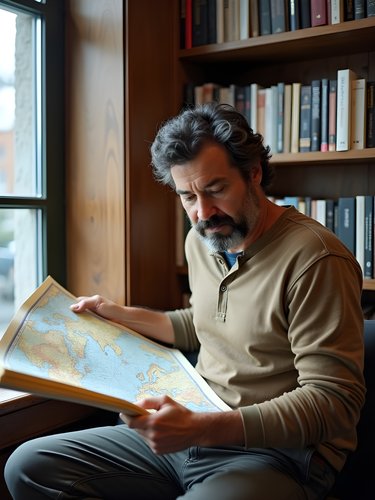

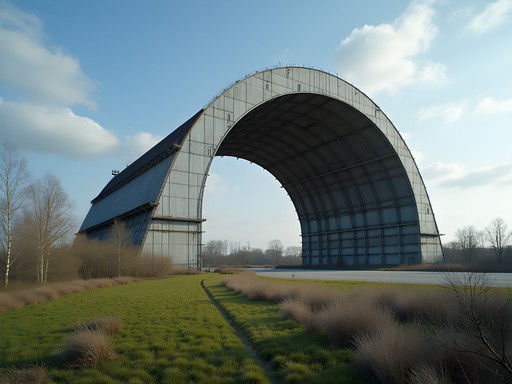
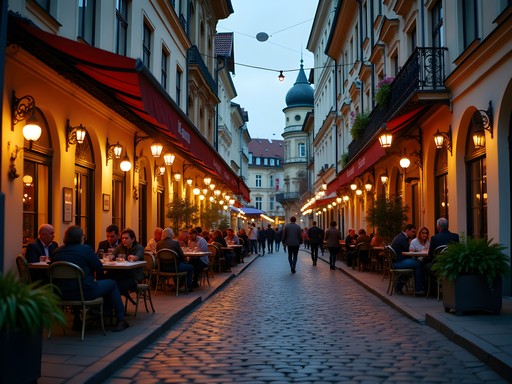
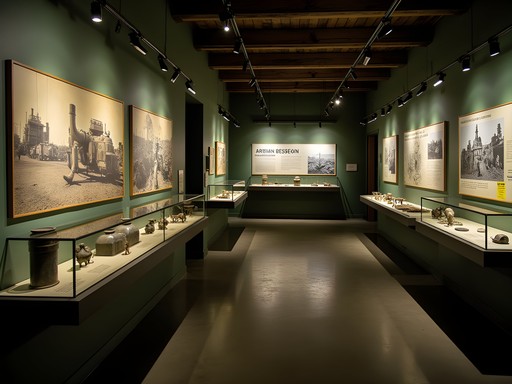
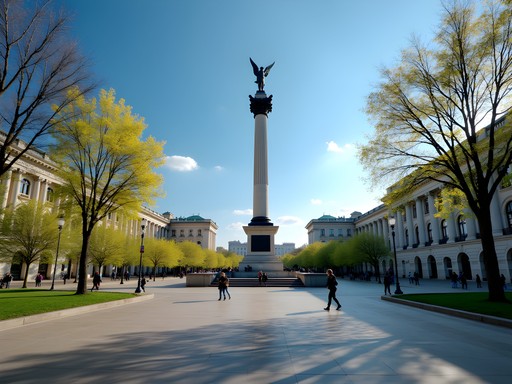







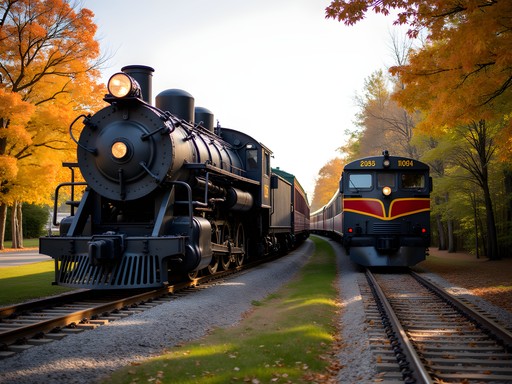
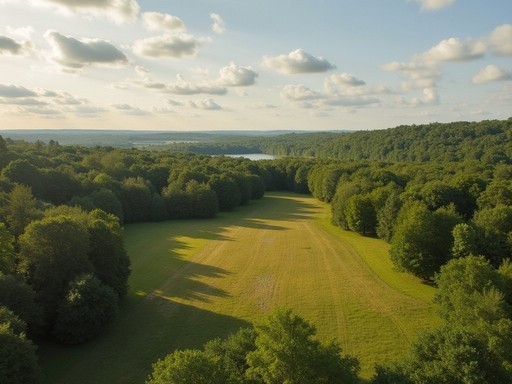
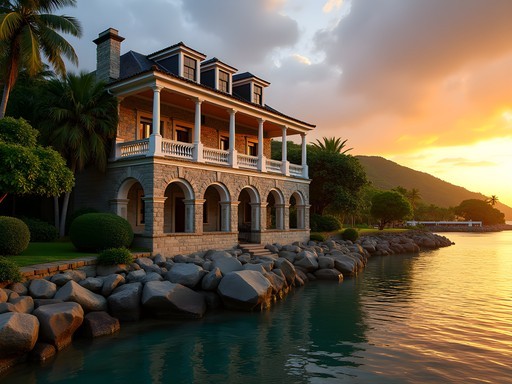
Comments
nomadlegend
First time traveler to Ukraine here. Is it better to do Chernobyl first or Kyiv first? And do you need special permission or documents for the exclusion zone?
luckydiver
Did it last summer - definitely Chernobyl first, then Kyiv to decompress. Tour company handles all permits, just book in advance and bring your passport!
Amit Sullivan
Your post brought back vivid memories of my own visit last year. That eerie silence in Pripyat is something that stays with you forever. I found the contrast between Chernobyl's frozen-in-time atmosphere and Kyiv's vibrant energy particularly striking. For anyone planning this trip, I'd recommend spending at least 3 days in Kyiv afterward - the Podil neighborhood has some incredible hidden restaurants where you can process everything you've seen. The Golden Gate area at sunset helped me find some peace after the emotional weight of the exclusion zone. Brilliant post capturing both sides of this journey.
Peter Hunter
Thanks Amit! I completely agree about Podil - those hidden courtyards with their cafes were perfect for reflection. Did you make it to the Pinchuk Art Centre? The contemporary exhibitions there really complemented the historical experience.
Amit Sullivan
I did! That Ai Weiwei installation was running when I visited - powerful stuff that really connected with themes of human impact and environmental change. Perfect companion to the Chernobyl experience.
freebuddy
Which tour company did you use for Chernobyl? Going to Ukraine next month!
wanderlustmood
This is fascinating! How safe is it really to visit Chernobyl these days? I've always wanted to go but have concerns about radiation exposure.
Peter Hunter
Thanks for asking! The guided tours stick to safe routes where radiation levels are monitored regularly. A day trip exposes you to less radiation than a long-haul flight. Just follow guide instructions and don't touch anything!
wanderlustmood
That's reassuring, thanks Peter! Definitely adding this to my bucket list now.
oceanwanderer
WOW! Just booked my Chernobyl tour after reading this! Been wanting to go for years and your scientific perspective made it even more interesting. Can't wait to experience that eerie silence and then dive into Kyiv's culture. Did anyone else feel emotional seeing the abandoned kindergarten? Those photos online always get to me.
journeyzone
The kindergarten was the hardest part for me. Those tiny shoes and dolls... take your time there, it's overwhelming but important to see.
photolegend
That Pripyat Ferris wheel shot is iconic! Did you use any special filter? The atmosphere you captured is perfect.
Peter Hunter
Thanks! No filter actually - just caught it during that golden hour light. The natural fog that morning added to the eeriness.
photolegend
Perfect timing then! Any issues bringing camera equipment into the zone?
Peter Hunter
No issues at all with camera gear. Just be prepared to put cameras down on the ground sometimes when entering/exiting buildings. And bring lens cleaning supplies - it can get dusty!
sunsetqueen
What was the food like in Kyiv? Any restaurants you'd recommend for someone who wants authentic Ukrainian cuisine?
Peter Hunter
The food in Kyiv was incredible! Try Kanapa for upscale Ukrainian cuisine - their modern take on traditional dishes is fantastic. For something more casual, Puzata Hata is a cafeteria-style place where locals eat. Don't miss the borscht and varenyky (dumplings)!
Nicole Russell
Peter, your post brought back so many memories! I visited last year and that contrast between Chernobyl's haunting emptiness and Kyiv's vibrant energy is truly unique. For anyone planning this trip, I highly recommend adding Mezhyhirya (the former president's estate) to your Kyiv itinerary - it's a fascinating look at corruption and excess. Also, the Mothers Park near the Motherland Monument was unexpectedly moving. One tip: I used my radiation detector alongside the tour-provided dosimeter and it was interesting to compare readings. Not necessary but fun for science nerds like us!
photolegend
Nicole - was Mezhyhirya crowded? Worth the trip outside the city?
Nicole Russell
Definitely worth it! I went on a weekday morning and it was pretty quiet. The grounds are huge so it never feels crowded. You can rent bikes to explore - highly recommend!
starone2424
Great article! I've always been fascinated by Chernobyl but worried about radiation exposure. As a scientist, did you feel the safety precautions were adequate for regular tourists? Planning to visit next summer.
Peter Hunter
Thanks for asking! The safety protocols are quite robust. You'll receive less radiation during a day tour than on a transatlantic flight. Just follow guide instructions, don't touch surfaces, and wear closed shoes. The dosimeters they provide are more for experience than necessity.
starone2424
That's reassuring, thanks! Any specific tour company you'd recommend?
Peter Hunter
I went with SoloEast - they have great English-speaking guides with scientific backgrounds. Book the private tour if you can, allows more flexibility to explore specific areas.
Sophia Gomez
Peter, this is exactly the kind of nuanced travel writing I appreciate. I visited Kyiv and Chernobyl last year during a business trip extension, and the emotional journey was unexpected. Standing in that classroom with dusty gas masks scattered across the floor hit harder than I anticipated. What made my experience complete was meeting with locals in Kyiv who shared stories of relatives who were liquidators. The Holodomor Museum was also profoundly moving and helped contextualize Ukraine's complex history. For anyone planning this trip, I recommend learning some basic Ukrainian phrases - the appreciation from locals when you make the effort is heartwarming, especially after witnessing such a somber part of their history.
Venture X
Premium card with 2X miles, $300 travel credit, Priority Pass